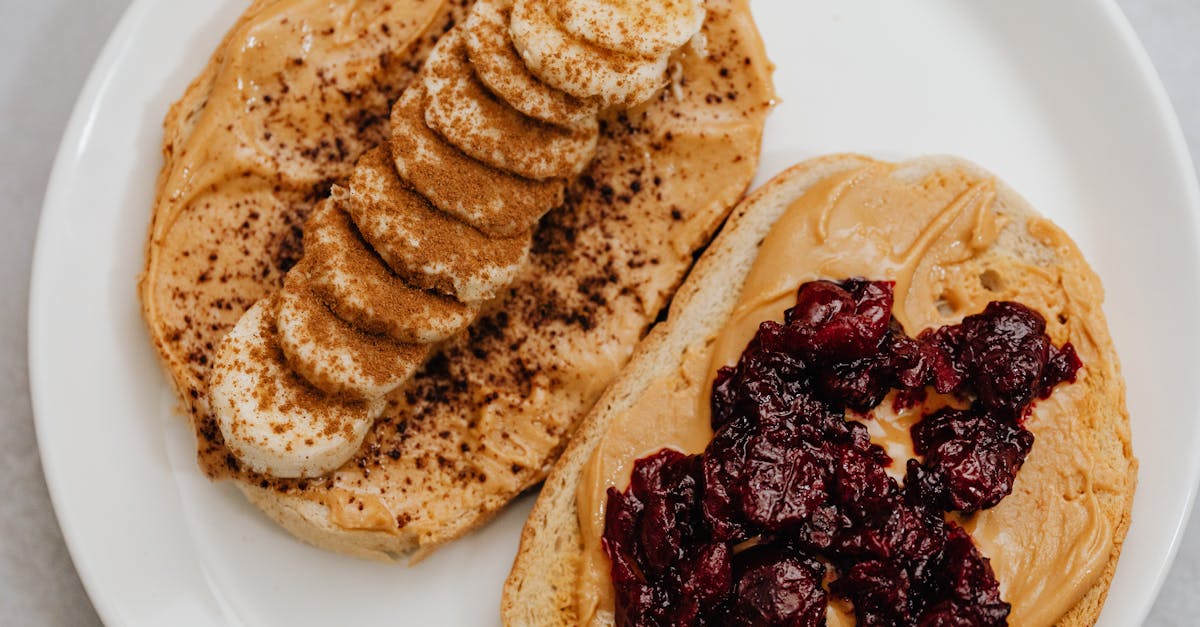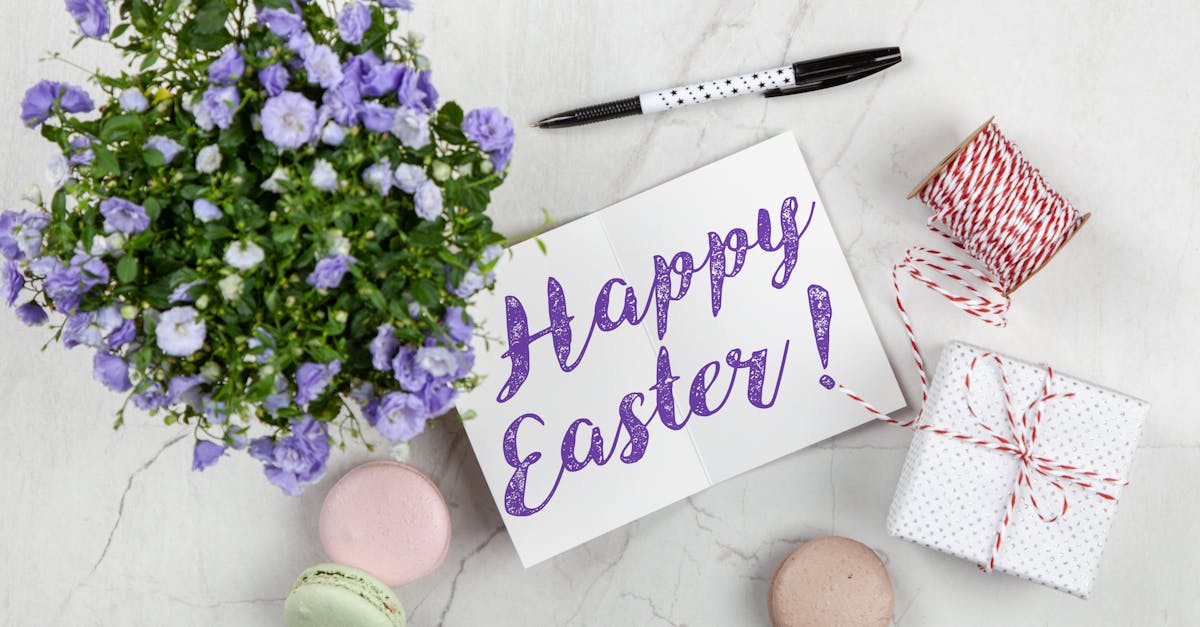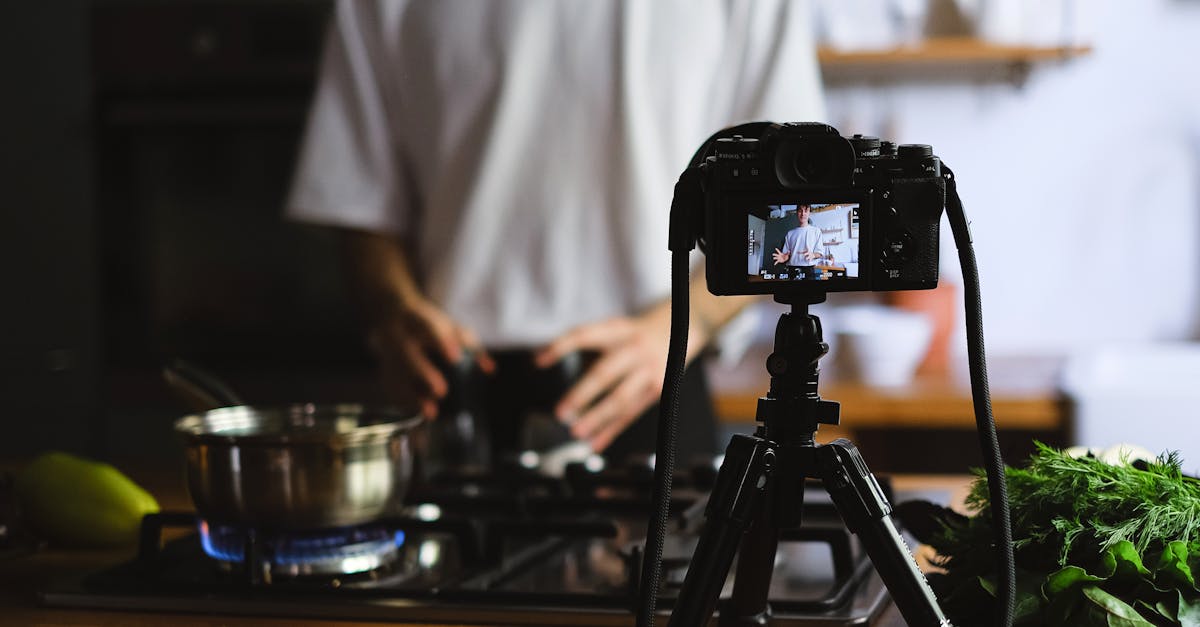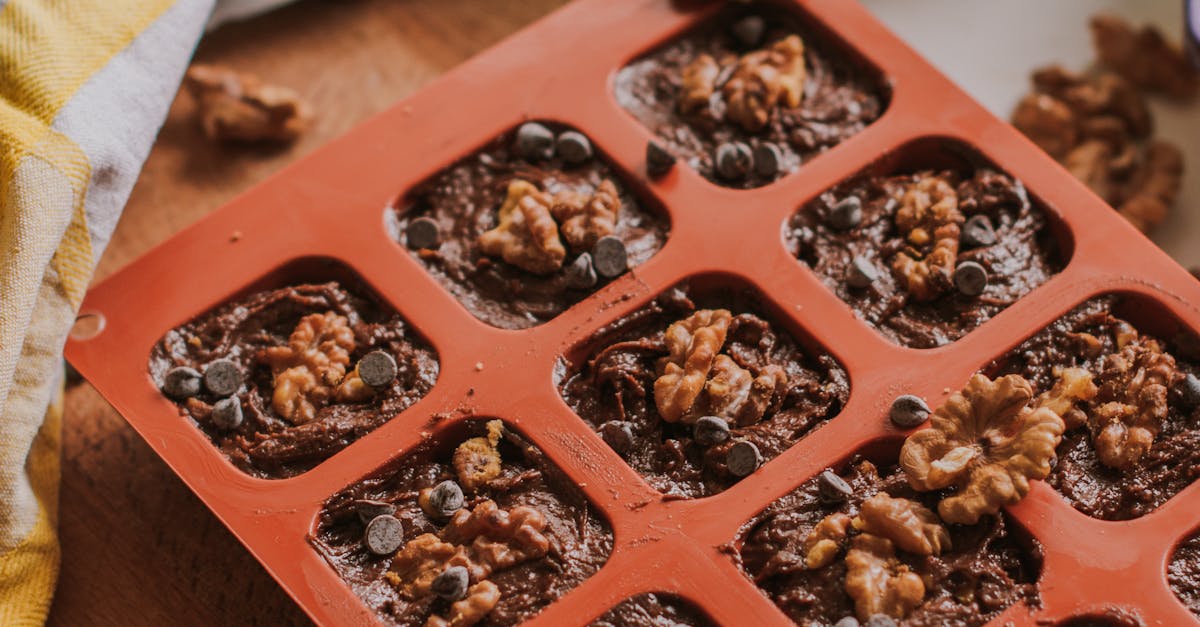Let’s be honest, baking is a science experiment disguised as a delicious dessert. One wrong move, and your perfectly planned masterpiece can end up looking more like a culinary catastrophe. But fear not, fellow bakers! The key to baking success often lies in something surprisingly simple: knowing your pans. This ultimate guide to baking pan equivalents will unlock the secrets to consistent, flawless results, no matter what shape or size your recipe calls for. We’ll demystify the world of round, square, rectangular, and loaf pans – even those pesky mini loaf pans! – revealing the easy conversions and adjustments you need to confidently tackle any recipe. Whether you’re a seasoned baker or just starting out, get ready to conquer the kitchen with confidence. We’ll cover everything from converting cake batter between round and square pans to understanding the subtle (and not-so-subtle) differences between glass, metal, and silicone pans. We’ll arm you with the knowledge to avoid common pitfalls, like uneven baking and burnt bottoms. Plus, we’ll share some creative hacks and tips to make your baking experience even smoother and more enjoyable.
This isn’t just about swapping one pan for another; it’s about understanding the why behind the conversions. We’ll explore the science behind baking pan materials and their effects on heat distribution and baking times. Understanding these factors will not only help you successfully convert recipes but will also enhance your overall baking skills. Get ready to ditch the baking anxiety and embrace the joy of consistently perfect baked goods!
So grab your favorite apron, gather your baking supplies, and let’s dive into the world of baking pan perfection. We’ll equip you with the knowledge and confidence to tackle any recipe, regardless of the pan you have on hand. Prepare to become a baking pan pro!
Key Insights: Mastering Baking Pan Equivalents
- Understanding baking pan equivalents is crucial for consistent baking success, allowing you to adapt recipes to the pans you have.
- Pan size directly impacts baking time and texture; smaller pans mean longer baking times and denser results, while larger pans result in thinner, quicker-baking goods.
- Different pan materials (glass, metal, silicone) affect heat distribution and baking times; adjust accordingly to prevent burning or underbaking.
- Proper pan preparation (greasing, flouring, lining) is essential for preventing sticking and ensuring easy release of your baked goods.
- Mastering pan conversions empowers you to confidently tackle any recipe, regardless of the pans you own, expanding your baking possibilities.
1. Panicked About Pans? Don’t Be! Your Guide to Baking Pan Equivalents
Okay, let’s be real: baking can feel like navigating a minefield. One minute you’re carefully measuring ingredients, the next, your cake is a lopsided disaster. But here’s a secret weapon that can dramatically improve your baking success rate: understanding pan equivalents. This isn’t some high-level culinary technique; it’s simply knowing how to adapt recipes when you don’t have the exact pan the recipe calls for. Think of it as your baking insurance policy – a safeguard against those frustrating moments when your perfectly good recipe goes south because of a simple pan mismatch.
This guide will walk you through the most common pan size conversions. We’ll tackle cake pans – those tricky round and square pans – showing you the easy math and tips to ensure your cakes rise beautifully every time. We’ll also delve into the world of loaf pans, covering standard sizes and those adorable mini loaf pans perfect for gifting or satisfying smaller cravings. We’ll even tackle the science behind different pan materials – glass, metal, silicone – explaining how each affects baking time and results. No more guesswork; we’ll give you the tools to confidently adjust your recipes for perfect results every time.
Forget the stress and anxiety of baking mishaps. With this guide, you’ll be able to confidently substitute pans and achieve consistent baking success. Whether you’re a beginner baker looking to build confidence or an experienced baker wanting to refine your technique, this guide will equip you with the essential knowledge to master pan equivalents. Get ready to unlock a whole new level of baking prowess and say goodbye to those baking disasters once and for all! Let’s get baking!
Why Pan Equivalents Matter
You might think grabbing any old pan will do the trick, but when it comes to baking, the pan is far more than just a vessel. It’s a crucial element that significantly impacts the final result. Choosing the right pan – or knowing how to adapt when you don’t have the perfect one – is key to achieving baking success. Ignoring pan equivalents can lead to all sorts of baking mishaps, from dry, crumbly cakes to unevenly cooked loaves.
Pan size directly affects baking time and the overall texture of your baked goods. A smaller pan means a thicker batter, resulting in a longer baking time and a denser final product. Conversely, a larger pan will spread the batter thinly, requiring a shorter baking time and leading to a potentially less dense result. Getting this wrong can mean the difference between a moist, delicious cake and a dry, overbaked brick. Beyond size, the material of your pan also plays a vital role. Darker pans absorb heat more quickly than lighter ones, impacting baking times and potentially leading to browning differences. Glass pans, for instance, can bake more slowly and result in a slightly crispier crust compared to metal pans.
Understanding the impact of both pan size and material is crucial for mastering baking. This knowledge allows you to confidently adapt recipes based on the tools you have available, ensuring consistent results. Mastering pan equivalents isn’t just about following formulas; it’s about understanding the fundamental science of baking and how each component influences the final outcome. It’s about taking control of your baking destiny and consistently achieving delicious results, regardless of the pan you use. Ready to delve deeper into the science? [Link to article on baking science basics]
Common Baking Pan Sizes and Their Variations
Let’s get organized! Before we dive into conversions, it’s helpful to have a clear picture of the common baking pan sizes you’ll encounter. This isn’t about memorizing a bunch of numbers; it’s about developing a general sense of what’s considered standard. You’ll find that recipes often specify pan sizes, but sometimes they’re a bit vague, like just saying ‘9×13 inch pan’. Having a good understanding of the standard dimensions will help you make smart substitutions when needed.
We’ll focus on the main players: round, square, rectangular, and loaf pans. Round cake pans typically come in sizes like 6 inches, 8 inches, and 9 inches in diameter. Square pans are often 8×8 inches or 9×9 inches, while rectangular pans come in a range of sizes, the most popular being 9×13 inches and 8×8 inches. Loaf pans are usually 9×5 inches, though you’ll also find mini loaf pans which are much smaller, perfect for individual servings or cute little gifts. Keep in mind that these are common sizes; you might find variations, so always double-check the dimensions before starting a recipe. (Imagine a chart here showing the various pans with their dimensions!)
Having a visual guide of these standard sizes will make recipe adaptation a breeze. You’ll be able to quickly estimate the volume of different pans and make appropriate adjustments. Don’t be afraid to measure your own pans to get exact dimensions—this way you’ll know precisely what you’re working with, helping you achieve consistent baking results. The key is to become comfortable identifying common pan sizes and their approximate volumes to make informed decisions when swapping pans. This is a fundamental step in mastering pan conversions, making your baking experience smoother and more successful!
2. Cake Pan Conversions: From Round to Square (and Back Again!)
So, you’ve found the perfect cake recipe, but it calls for a round pan, and you only have a square one? No problem! Converting cake recipes between round and square (or rectangular) pans is totally doable, and it’s easier than you might think. The key is understanding that you’re essentially adjusting the depth and area of the batter. A round 9-inch cake pan has a different volume than a 9×13 inch rectangular pan. Directly transferring the batter without adjusting baking time will likely lead to either a flat, overbaked cake, or an underbaked one.
Converting Round Cake Pans to Square/Rectangular Pans
Let’s say your recipe calls for a 9-inch round cake pan, but you’re only working with an 8×8 inch square pan. Don’t panic! The first step is to figure out the volume of both pans. You can do this using online calculators or by calculating the area (πr² for the round pan and length x width for the square pan) and multiplying by the pan’s depth. If the square pan has a smaller volume, you might need to reduce the batter slightly to avoid overflow. If it’s larger, you might need to make a bigger batch, or just accept a slightly shallower cake.
Square/Rectangular to Round Cake Pan Conversions
Now, let’s flip the script. You have a recipe designed for a 9×13 inch rectangular pan, but you’re determined to bake it in a round 9-inch pan. Again, volume is your friend (or foe, if you’re not careful!). This time, you’ll likely need to adjust the baking time, as the batter will be deeper in the round pan, potentially leading to longer baking time and a denser cake. Make sure to use an oven thermometer to ensure your oven temperature is accurate, as this will impact the baking time as well.
3. Mastering Loaf Pan Substitutions: From Standard to Mini
Loaf pans are another baking staple, and like cake pans, they come in various sizes. The most common is the standard 9×5 inch loaf pan, but you’ll also find smaller versions, including mini loaf pans, perfect for individual servings or cute little gifts. Substituting loaf pans requires a similar approach to cake pans: consider the volume. A mini loaf pan holds significantly less batter than a standard one, so you’ll need to adjust the recipe accordingly. You can reduce the batter proportionally, or bake multiple batches in the mini loaf pans.
Standard Loaf Pan Equivalents
While the standard 9×5 inch loaf pan is the most common, you might find yourself with a slightly larger or smaller pan. Understanding the volume differences is crucial for successful baking. A larger loaf pan will result in a shallower loaf, potentially requiring a shorter baking time, and a smaller pan will create a taller, denser loaf, which will likely require a longer baking time. The key is to remember that baking time is directly affected by the volume and the thickness of your batter.
Mini Loaf Pan Conversions
Mini loaf pans are incredibly versatile, perfect for individual portions or gifting. However, adapting a recipe designed for a standard loaf pan requires careful attention to detail. The volume of a mini loaf pan is significantly smaller, meaning you’ll need to reduce the batter accordingly. A simple approach is to divide the recipe’s batter by the number of mini loaf pans you’re using, but remember to also adjust the baking time. Because the batter is shallower, it will bake much faster. Start by checking for doneness around half the time the original recipe suggests; you might even need to reduce baking time by as much as half or more. Using an oven thermometer and a toothpick or cake tester are key to avoid over-baking.
4. Beyond Size: The Importance of Pan Material
It’s not just about the size; the material of your baking pan significantly impacts your results. Glass, metal, and silicone pans all conduct and retain heat differently, affecting baking times and even the final texture of your baked goods. Glass pans, for example, tend to bake more slowly and evenly due to their lower heat conductivity. This can lead to a crispier crust and a slightly longer baking time. Metal pans, especially dark-colored ones, heat up quickly and distribute heat more efficiently, often resulting in faster baking times and potentially browner edges.
Glass vs. Metal Baking Pans
The battle of the baking pans: glass versus metal. Both are common choices, but they behave quite differently in the oven. Glass pans, being poor conductors of heat, bake more slowly and evenly. This even baking can be great for preventing burnt edges, but it also means you’ll likely need to increase your baking time. Metal pans, particularly dark-colored ones, conduct heat much more efficiently. This leads to faster baking times, but also a greater risk of uneven browning or burning. If you’re switching from a metal pan to a glass pan, expect to add about 25% to your baking time as a starting point. Conversely, if you’re going from glass to metal, you’ll probably need to reduce the baking time by a similar amount. Always keep a close eye on your baked goods when changing pan materials!
Silicone Baking Pans: Advantages and Considerations
Silicone baking pans have become increasingly popular due to their flexibility and non-stick properties. They’re great for easy release and cleanup, making them a convenient choice for many bakers. However, they also have some quirks to consider. Silicone pans tend to bake more slowly than metal pans, often requiring a longer baking time. They also don’t brown baked goods as quickly, so you might need to adjust the oven temperature slightly higher or leave the baked goods in a bit longer to achieve a nice golden color. Because they are flexible, they might not hold their shape as well as rigid pans, which can impact the evenness of your baking.
5. Troubleshooting Baking Pan Issues: Common Problems and Solutions
Even the most experienced bakers encounter occasional baking mishaps. Unevenly baked cakes, burnt bottoms, and sticking are common frustrations. Let’s tackle some of these sticky situations. Uneven baking often stems from inconsistent oven temperatures, incorrect baking times, or even overcrowding the oven. Using an oven thermometer and rotating pans halfway through baking can help ensure even cooking. Burnt bottoms usually indicate either too high an oven temperature or insufficient pan preparation (greasing and flouring). Always check the bottom of your baked goods before removing them from the oven, and be sure to use parchment paper for extra protection.
Uneven Baking
An unevenly baked cake or loaf is a real bummer. Before you toss it in the trash, let’s troubleshoot! The most common culprit is inconsistent oven temperature. Hot spots in your oven can lead to uneven browning and cooking. Using an oven thermometer is crucial for ensuring accurate temperature. If your oven has hot spots, try rotating the baking pan halfway through the baking time to distribute the heat more evenly. Another common cause is improper pan preparation. Make sure your pan is properly greased and floured, or lined with parchment paper, to prevent sticking and ensure even heat distribution. Overcrowding the oven can also lead to uneven baking. Leave enough space between baking pans to allow for proper air circulation.
Burnt Bottoms & Over-Baking
A burnt bottom is a frustrating baking fail, often avoidable with a few simple precautions. The most common cause is simply too high an oven temperature. Always use an oven thermometer to ensure accuracy. Darker colored pans also absorb heat more quickly, increasing the risk of burning. If using dark pans, reduce the oven temperature by 25 degrees Fahrenheit as a starting point. Insufficient pan preparation is another common culprit. Ensure your pan is properly greased and floured, or lined with parchment paper, to prevent sticking and create a barrier between the batter and the hot pan. This also helps with even heat distribution, minimizing the chance of burning.
6. Creative Baking Pan Hacks: Thinking Outside the Box (Literally!)
Sometimes, getting creative with your baking pans can lead to surprisingly delicious results! Don’t be afraid to think outside the box (literally!). While standard pans are great, you can often adapt recipes for unconventional containers. For example, a cast iron skillet can create wonderfully crispy edges on a cake or cobbler. Muffin tins are perfect for individual portions of almost any baked good. Even ramekins can be used for smaller cakes or custards. Just remember to adjust baking times accordingly, as different shapes and materials will affect cooking time.
Using Alternative Pans
Let’s explore some fun and unconventional ways to use alternative pans for baking! Think outside the typical baking pan and consider what you already have in your kitchen. A well-seasoned cast iron skillet can create stunning results, adding a crispy crust to cakes and cobblers. Muffin tins are great for individual portions of almost any baked good, from cupcakes to savory muffins. Even oven-safe ramekins can be used to create individual desserts or small savory dishes. Remember, however, that not all containers are oven-safe, so always check before placing them in a hot oven. Avoid using any containers made of materials that are not designed for high heat.
Improvising with Limited Resources
So, you’re craving a delicious cake, but you’re missing the specific pan the recipe calls for? Don’t let that stop you! With a little creativity and some basic math, you can often improvise with what you have on hand. If a recipe calls for a 9×13 inch pan, and you only have an 8×8 inch square pan, you can still make the cake. You might need to adjust the baking time (it’ll likely bake faster in the smaller pan) and possibly reduce the batter slightly to avoid overflow. If the recipe needs a round pan, but you only have square pans, a little careful measuring and calculation can help you figure out how much batter to use and whether the baking time needs adjustment.
7. Baking Pan Prep: Greasing, Flouring, and Lining
Proper pan preparation is a crucial step often overlooked, but it’s the key to preventing those frustrating moments when your baked goods stick stubbornly to the pan. Greasing, flouring, and lining your pans are simple yet effective techniques that make a world of difference. Greasing your pan with butter or oil creates a non-stick surface. For best results, use a pastry brush to coat every corner of the pan evenly. After greasing, dusting the pan with flour helps to absorb excess moisture and further prevent sticking. This is especially useful for cakes and quick breads.
Proper Greasing Techniques
The best greasing method depends on your pan material. For metal pans, a simple coating of butter or oil, applied with a pastry brush, usually suffices. Make sure to coat all corners and sides to prevent sticking. For glass pans, a slightly heavier greasing is often recommended, as glass can be more prone to sticking than metal. You can use butter, oil, or even a cooking spray. Silicone pans generally require minimal greasing due to their non-stick properties; a light coating of oil or cooking spray is usually enough. If you’re using parchment paper, greasing isn’t strictly necessary, but it can still help prevent sticking, particularly with delicate baked goods.
Flour and Parchment Paper Lining
Lining your baking pans with parchment paper is a game-changer for easy release and cleanup. It’s especially helpful for delicate baked goods that might stick easily, such as cakes with intricate designs or those made with sticky batters. To line a pan, simply cut a piece of parchment paper slightly larger than the pan’s base, allowing for some overhang on the sides. This overhang makes it easy to lift the baked good out of the pan once it’s cooled. Parchment paper is a must-have for cakes and other baked goods that tend to stick.



